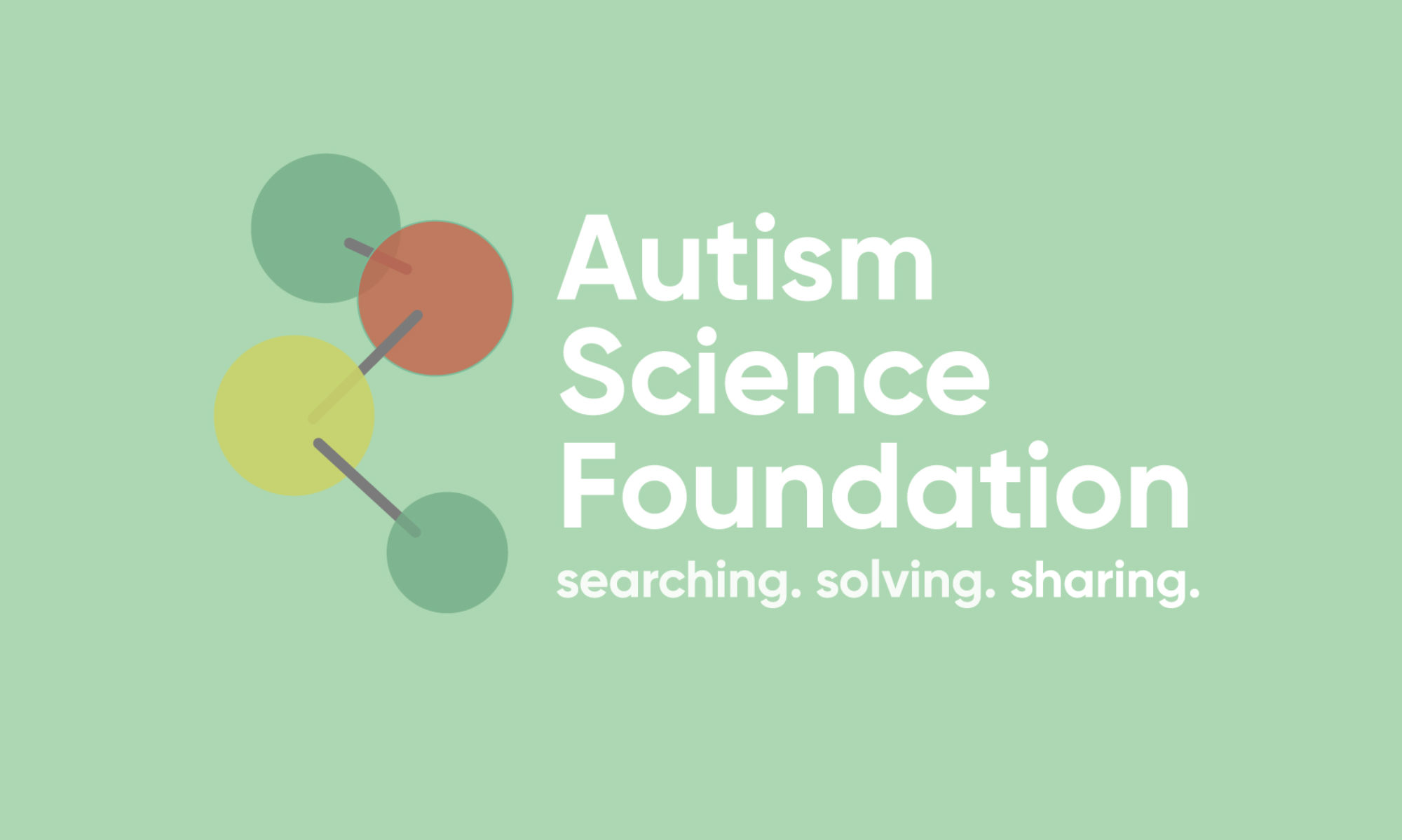Podcast: Play in new window | Download
Subscribe: RSS
ABA and ABA – inspired behavioral therapies like Naturalistic Developmental Behavioral Interventions are the most commonly used in autism. They have become more sophisticated in design, using control groups and implementing other ways to minimize bias. But when you put all of the data together around ABA-type interventions in a pile, are they effective? Do they work? It turns out, just like everything, these studies are not perfect. But even using the strictest of criteria, the results are positive for the support of social communication skills. Of course, there are nuances and details, you can hear about them in this podcast.
https://pubmed.ncbi.nlm.nih.gov/31763860/
https://pubmed.ncbi.nlm.nih.gov/33482692/

